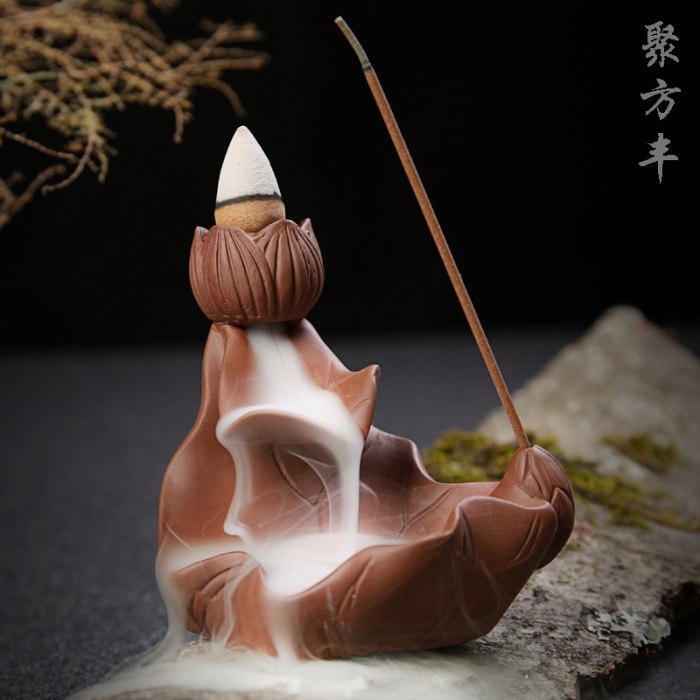From the OBOD website www.druidry.org
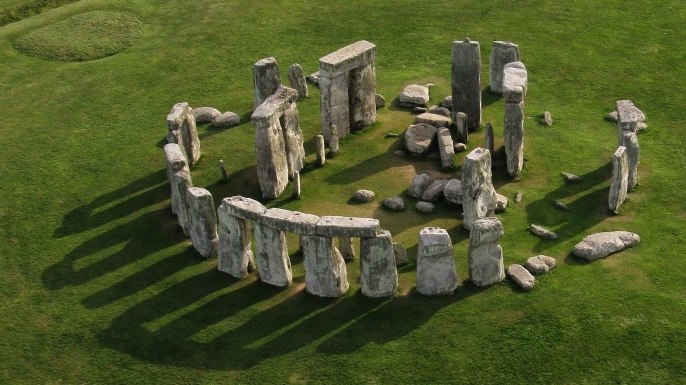
About 2500 years ago, and possibly long before that, at each end of the Indo-European arc, tribal spiritualities emerged that would eventually grow to become flourishing modern movements, with adherents all over the world. While the earliest versions of what would later become the Hindu and Jain religions emerged in the Indus valley, in western Europe at about the same time, writers began to record the existence of Druidism.
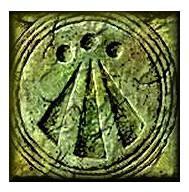 Its practice was first noted in two Greek works over two thousand years ago in around 200 BCE although both works were since lost. In 50 BCE Julius Caesar wrote that Druidism originated in Britain, and although some claim that Druids could be found across much of Europe, from Ireland in the west to Anatolia (now Turkey) in the east, scholars now believe this is unlikely. Instead Druids were probably native just to the British Isles, Ireland and western Gaul (now France).
Its practice was first noted in two Greek works over two thousand years ago in around 200 BCE although both works were since lost. In 50 BCE Julius Caesar wrote that Druidism originated in Britain, and although some claim that Druids could be found across much of Europe, from Ireland in the west to Anatolia (now Turkey) in the east, scholars now believe this is unlikely. Instead Druids were probably native just to the British Isles, Ireland and western Gaul (now France).
Although written accounts seem to have begun 2,200 years ago, Druidry was probably in existence for a good deal of time before then, and it seems likely that as a type of religion or magical practice it evolved out of earlier pre-Druidic cult practices.
The Pre-Druidic Period
The evidence of the religious activities of the prehistoric inhabitants of western Europe is remarkable: on the Gower Peninsula, near Swansea in Wales, the Paviland caves have revealed one of the earliest magico-religious sites in the world, where around 26,000 years ago a group of humans carefully interred a skeleton, wrapping the body in red cloth or rubbing it with red ochre and laying with it mammoth-ivory rods, which may be the earliest magic wands ever found. 17,000 years ago the Lascaux caves in France were decorated with paintings of animals which survive to this day. The caves were almost certainly used in ritualistic ways. Thousands of years later a classical writer claimed that Druids met in caves, and today the symbolism of caves and of animals acts as an inspiration for the modern Druid movement, which reveres Mother Nature, and understands caves as symbolic of the womb, and of the potential for rebirth.
During this period of history, prior to the development of Druidry, tribes were migrating across western Europe. Some may have come from the areas now known as the Caucusus in southern Russia, Turkey, or perhaps even India. Wherever they came from, they brought their own religious customs and knowledge, and this would undoubtedly have been animistic and shamanistic.
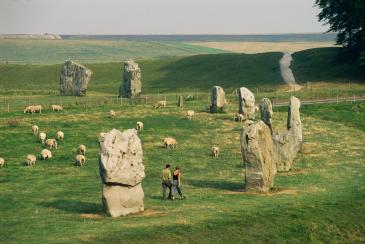 Proto-Druids amongst Proto-Celts
Proto-Druids amongst Proto-Celts
By about 6,500 years ago people were starting to build stone monuments in western Europe – particularly in Ireland, the British Isles, and in Brittany, although similar standing stones and circles can be found as far afield as Peru and Madagascar.
Although the Druids have always been associated in the popular imagination with stone circles such as Stonehenge, academics until recently dismissed this idea. Historians used to say that the Druids couldn’t have used Stonehenge and all the other stone circles in Britain, because the Druids were the priests of the Celts, and the Celts only arrived in Britain in 500 BCE. Since no stone monuments were built after 1400 BCE, they pointed to the gap of nine hundred years separating the last of the stone circles from the arrival of the Druids. But in the sixties many historians changed their minds. They realized that the origin of the so-called Celtic tribes was far more complex than originally presumed, and suggested instead that early or Proto-Celts were probably in Britain as early as 2000 BCE – when the great stone monuments were still being built – and that they could well have been involved in their use or construction.
Forty years later academic opinion is still divided. Some experts emphasize the lack of continuity between religious structures and practices in the second and first millennia BCE. But others point to the new sense of continuity in the genetics and culture of the British, with the rejection of the idea of a Celtic ‘invasion’. This second school of thought makes it possible to again see the Druids as the priests and priestesses of the stone circles, a tendency reinforced by the increasing recognition of the importance of ritual astronomy in the construction of these monuments. If we take this view we might agree with John Michell when he wrote in A Little History of Astro-Archaeology : ‘science restored the Druids to their old temple, Stonehenge, wiser and more venerable than before.’
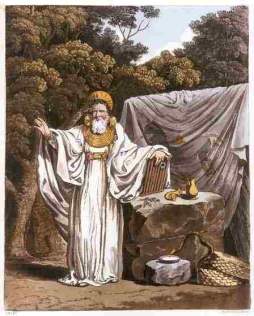 The Classical Druids
The Classical Druids
When classical writers tell us about the Druids, though, we hear nothing about stone circles. Instead they tell us that Druids gather in sacred groves, caves, or remote valleys.
Julius Caesar and Diodorus Siculus, writing in the 4th and 5th centuries BCE paint a picture of the Druids as scholars and religious leaders who function in a similar way to the priestly caste of the Hindu Brahmins: they officiate at sacrifices, they teach philosophy and star-lore, and they convey an oral tradition that requires students to learn many verses by heart. Their ‘greatest teaching’ reminds us of the Hindu doctrine of reincarnation: Siculus tells us the Druids believed that souls ‘are immortal and live again for a fixed number of years in another body.’
Druids were exempt from military service and the taxes raised to pay for it. They advised Chieftains and had a reputation for pacifying armies about to fight.
The classical writers describe a darker side of Druidism too, in which Druids were present at the sacrifice of criminals, or sometimes innocent people, who were burnt alive in wicker cages, or killed in the attempt to divine the future from their death-throes.
We cannot be sure that any of the classical authors were recounting the truth, but the description they have left us of wise sages calming warring tribes and teaching in forest groves, has tended to endure over the image of their presiding over human sacrifice. As if in confirmation of this, the references to Druids from medieval Irish literature make no mention of sacrifice, and describe the Druids of Ireland as the wisest and most learned people of their time, who acted as advisors to local political leaders, and as wizards and magicians.
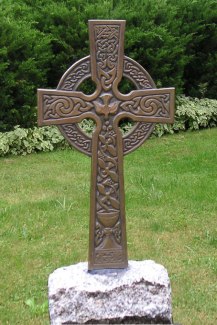 The Christian Period
The Christian Period
The era of Druidry that the Irish and Classical authors describe lasted from perhaps 400BCE to 600CE – about a thousand years. But by the sixth century all of Europe was Christian, and overt pagan practice had probably ceased to exist. Although Christianity was antagonistic to other faiths, it was also built out of many elements of paganism: the eucharist of bread and wine was also the ritual feast of the Eleusinian mysteries, for example, and we can read papal bulls which change the celebration of Christ’s birth from springtime to coincide with celebrations linked to the Winter Solstice. In a similar manner Christian saints, such as St Brighid and St. Dionysus, built upon the histories and reputations of pagan gods and goddesses. And sacred sites were co-opted to the new faith, with churches built upon shrines to gods such as Apollo or within sacred groves. This meant that pagan cults such as Druidism, rather than being wiped out, were actually assimilated into Christianity, creating a complex fusion, which encouraged the Revival Druids of the 17th & 18th centuries to try to discern the Druidry within Christianity.
In addition, Christian clerics transcribed elements of a tradition which until their arrival had been oral, and so we have records of the ancient laws of Ireland, which were probably developed by the Druids since they fulfilled the role of judges, and we have accounts of the mythology and stories of Ireland and Wales which modern Druids believe contain much of Druid wisdom and teachings.
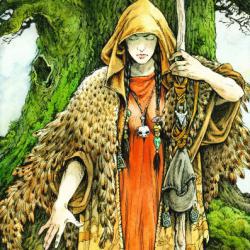 The Revival
The Revival
In the seventeenth century a few scholars began to take interest in the mysterious monuments – the artificial mounds, stone circles, dolmens and standing stones – that filled the countryside around them. They read the classical accounts of the Druids and suggested that these monuments were built by them. In doing this they began a period we now know as ‘The Druid Revival’. One of these scholars, William Stukeley, has been called the ‘founding father of archaeology’. These early attempts at archaeology stimulated the interest of other gentleman-scholars who started to look for traces of Druidism within Christianity. The thought that their pre-Christian ancestors were not brutish and ignorant, but were instead wise philosophers inspired these Revivalists, and has continued to inspire Druids to this day.
Revival Druidry spawned a spate of writing, some of it obscure and bizarre, some of it quite fascinating and provocative. Freemasons became interested in this, and Revival Druidry entered the world of Masonry via such organizations as the Ancient & Archaeological Order of Druids, joined later by Winston Churchill.
The Recent Past
The Druid Revival began as an interest of scholars in their pre-Christian heritage, and this resulted in the development of two different manifestations of Druidry: cultural Druidism formed to foster the Welsh, Cornish and Breton languages through Eisteddfodau, and fraternal Druidism which, like Freemasonry, was created to support members and charitable causes.
From the 18th century certain writers had suggested that Freemasonry was a direct descendant of Druidism, and felt that Masons were practicing a sort of latter-day Druidry. Some members of the fraternal Druid organisations may well have treated their activities as mystical as well as fraternal, but this spirituality was firmly embedded in a Christian context with a bible being present at every meeting, and discussion of religion forbidden. Even so, some individuals and small groups may have treated Druidry as a distinct spiritual path from the time of William Stukeley, but it was only at the beginning of the twentieth century that a third type of Druidism began to be noticed: a type that publicly promoted Druidry as a spiritual practice in its own right.
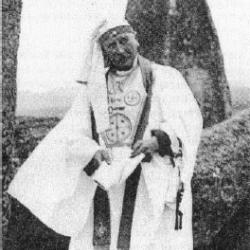 At the opening of the twentieth century, a dynamic and vocal individual, George Watson MacGregor-Reid began promoting Druidism as a spiritual path that could unite followers of many faiths, and the group that he led, the Ancient Druid Order, became a vehicle for conveying many of the ideas that had been expressed by groups such as the Theosophical Society and the Order of the Golden Dawn in the previous century. A complex tapestry was starting to weave itself, which drew on the inspiration of the ancient Druids, the work of the Revival Druids, and the perennial teachings of the Western Mystery Tradition, which in their turn drew on sources as ancient as Pythagoreanism and neo-Platonism.
At the opening of the twentieth century, a dynamic and vocal individual, George Watson MacGregor-Reid began promoting Druidism as a spiritual path that could unite followers of many faiths, and the group that he led, the Ancient Druid Order, became a vehicle for conveying many of the ideas that had been expressed by groups such as the Theosophical Society and the Order of the Golden Dawn in the previous century. A complex tapestry was starting to weave itself, which drew on the inspiration of the ancient Druids, the work of the Revival Druids, and the perennial teachings of the Western Mystery Tradition, which in their turn drew on sources as ancient as Pythagoreanism and neo-Platonism.
In the 1940’s and 50’s the Ancient Druid Order attracted to it two figures who would act as catalysts for the explosion of interest in paganism that we are experiencing today. Gerald Gardner and Ross Nichols both joined the Order and later Gardner became the seminal figure to promote the religion of Wicca, or Witchcraft, while Nichols – enthused by Robert Graves’ White Goddess which described his discovery of a Druidic tree-language – developed Druidism by focusing its concerns on Celtic lore and mythology. Together they elaborated an eightfold cycle of observances which now lies at the foundations of both Wiccan and Druid practice.
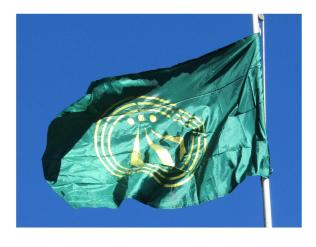 The Present Day
The Present Day
It is natural to want to discover a ‘true and original’ version of a religion or spiritual tradition, as if we can scrape off layers of additions to discover the pure source. But we cannot do this – traditions grow over time rather than arriving fully-formed into the world. They may emerge in a particular era in a specific location, but like a river that arises from sources beneath the earth and in the sky, they then spread across the earth, with their nourishing power coming from the fact that they have gathered nutrients all along their path as they have traveled towards distant seas.
Christianity drew on ideas that were current prior to its existence: symbols, doctrines and festivals of Judaism and Paganism. Buddhism likewise: the doctrines of Karma and Reincarnation, for example, were popular long before the Buddha began teaching.
Over the centuries, followers change and adapt their faith, to enrich it and to make it more relevant to their lives. Druidism is no exception to the rule that spiritual traditions emerge out of a pre-existing context and then change and grow. It emerged out of the pre-Druidic tribal cultures of western Europe about 2500 years ago. Although we know very little about the ancient Druids, modern Druidism draws on the inspiration of the classical accounts of their activities, and on the archaeology and symbolism of the earlier proto-Druidic or pre-Druidic monuments. The stories of the Bards, and accounts of Celtic mythology, recorded in Ireland and Wales, also inform modern Druidry, as do the works of countless writers from the period of the Druid Revival onwards.
In the last twenty years the amount of scholarship and interest in Druidry has increased to such a point that we can truly say that we have entered a period of a Druid Renaissance, which now attracts artists and writers, poets and storytellers and spiritual seekers all over the world. Far from Druidism being introduced to the world just once, a long time ago, it is continually being introduced – by a variety of people, in different countries, and in a number of different forms.
Excerpt from What Do Druids Believe? by Philip Carr-Gomm, Granta, 2006


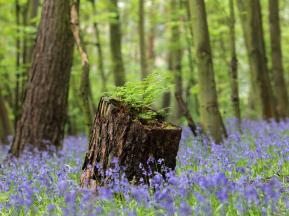 Druid’s love nature and all life. We respect, honor, and revere the natural world and all it encompasses. Plants, animals, the sacred elements, the sky, and the land make up our pantheon of beloved beings. But sometimes we’re drawn to one being in particular, whether an ancestor, an animal, a god/goddess, or an element. We might never know what draws us, but for me, it started in a college geology class.
Druid’s love nature and all life. We respect, honor, and revere the natural world and all it encompasses. Plants, animals, the sacred elements, the sky, and the land make up our pantheon of beloved beings. But sometimes we’re drawn to one being in particular, whether an ancestor, an animal, a god/goddess, or an element. We might never know what draws us, but for me, it started in a college geology class.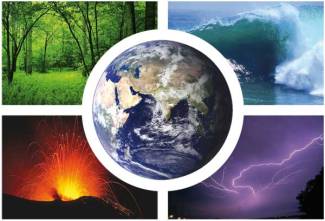 Lessons about our world
Lessons about our world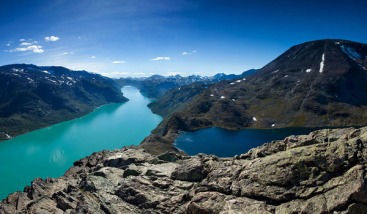 Water of Life
Water of Life The memory of Water
The memory of Water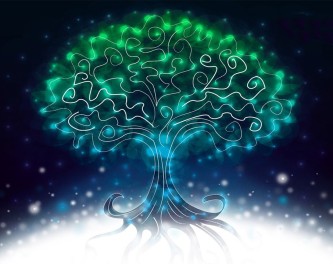 Echoes and seeds of life
Echoes and seeds of life
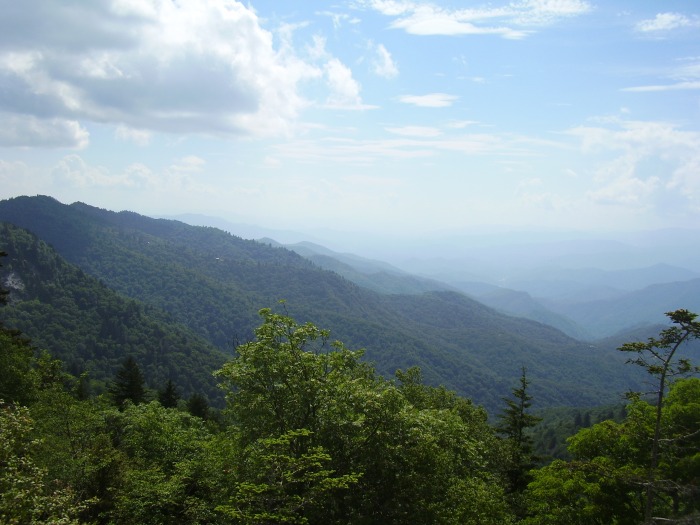
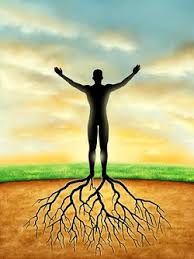 Daily Affirmation
Daily Affirmation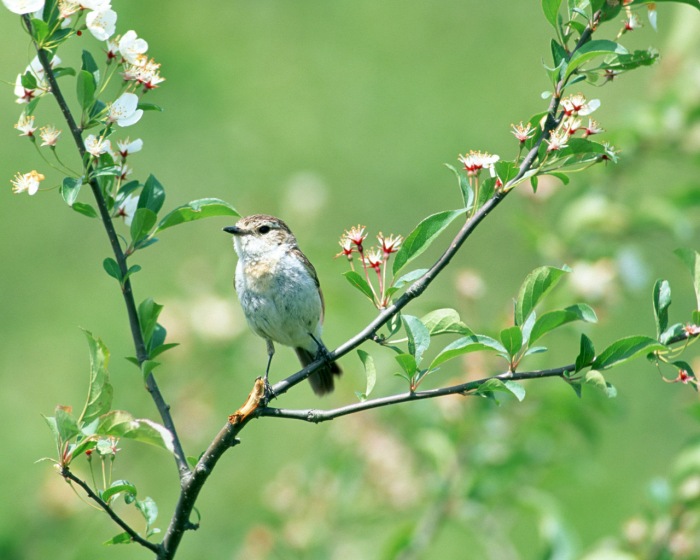
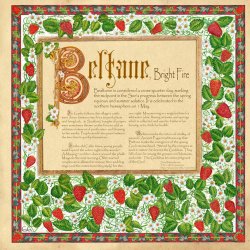 Celebrations
Celebrations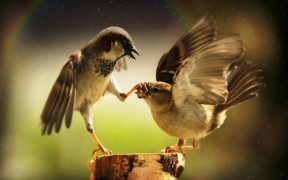 A reminder
A reminder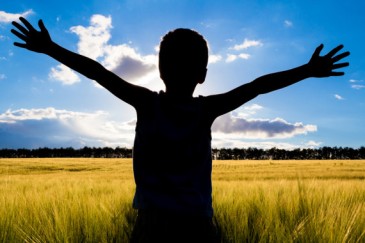 The lesson
The lesson
 Its practice was first noted in two Greek works over two thousand years ago in around 200 BCE although both works were since lost. In 50 BCE Julius Caesar wrote that Druidism originated in Britain, and although some claim that Druids could be found across much of Europe, from Ireland in the west to Anatolia (now Turkey) in the east, scholars now believe this is unlikely. Instead Druids were probably native just to the British Isles, Ireland and western Gaul (now France).
Its practice was first noted in two Greek works over two thousand years ago in around 200 BCE although both works were since lost. In 50 BCE Julius Caesar wrote that Druidism originated in Britain, and although some claim that Druids could be found across much of Europe, from Ireland in the west to Anatolia (now Turkey) in the east, scholars now believe this is unlikely. Instead Druids were probably native just to the British Isles, Ireland and western Gaul (now France). Proto-Druids amongst Proto-Celts
Proto-Druids amongst Proto-Celts The Classical Druids
The Classical Druids The Christian Period
The Christian Period The Revival
The Revival At the opening of the twentieth century, a dynamic and vocal individual, George Watson MacGregor-Reid began promoting Druidism as a spiritual path that could unite followers of many faiths, and the group that he led, the Ancient Druid Order, became a vehicle for conveying many of the ideas that had been expressed by groups such as the Theosophical Society and the Order of the Golden Dawn in the previous century. A complex tapestry was starting to weave itself, which drew on the inspiration of the ancient Druids, the work of the Revival Druids, and the perennial teachings of the Western Mystery Tradition, which in their turn drew on sources as ancient as Pythagoreanism and neo-Platonism.
At the opening of the twentieth century, a dynamic and vocal individual, George Watson MacGregor-Reid began promoting Druidism as a spiritual path that could unite followers of many faiths, and the group that he led, the Ancient Druid Order, became a vehicle for conveying many of the ideas that had been expressed by groups such as the Theosophical Society and the Order of the Golden Dawn in the previous century. A complex tapestry was starting to weave itself, which drew on the inspiration of the ancient Druids, the work of the Revival Druids, and the perennial teachings of the Western Mystery Tradition, which in their turn drew on sources as ancient as Pythagoreanism and neo-Platonism. The Present Day
The Present Day
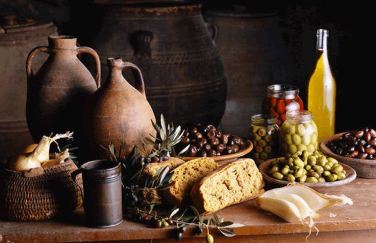 The ancients didn’t have to worry about what was real food and what was manufactured and unhealthy. Nor did they lose touch with the natural cycle like we have by eating fruits and veggies completely out of season. They were in intimate harmony with the seasons, with nature, and with their food. They saw their food sprout from the ground, swell on the stalk, and ripen. They planted and they gathered. A lot of effort and thought went into food. It was respected and revered. In many ways it was considered sacred. It was never taken for granted.
The ancients didn’t have to worry about what was real food and what was manufactured and unhealthy. Nor did they lose touch with the natural cycle like we have by eating fruits and veggies completely out of season. They were in intimate harmony with the seasons, with nature, and with their food. They saw their food sprout from the ground, swell on the stalk, and ripen. They planted and they gathered. A lot of effort and thought went into food. It was respected and revered. In many ways it was considered sacred. It was never taken for granted.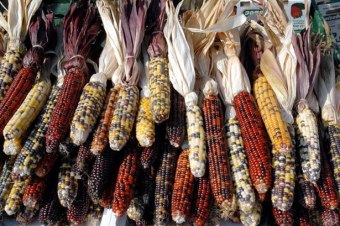 Corn is another good example. The classical historian Diodorus Siculus describes how the ancient Britons harvested corn. “In the reaping of their corn, they cut off the ears from the stalks, and so house them in repositories underground.” In other words, they stored corn and other grains in pits. Corn was used in Imbolc rituals. From the OBOD website: “Imbolc divides winter in half; the Crone months of winter are departing and the promise of the Spring Maiden is around the corner. This celebration was definitely a feminine festival. Women would gather to welcome the maiden aspect of the Goddess as embodied by Brigid. Corn cakes made from the first and last of the harvest were distributed and this practice remains a part of Her celebration.”
Corn is another good example. The classical historian Diodorus Siculus describes how the ancient Britons harvested corn. “In the reaping of their corn, they cut off the ears from the stalks, and so house them in repositories underground.” In other words, they stored corn and other grains in pits. Corn was used in Imbolc rituals. From the OBOD website: “Imbolc divides winter in half; the Crone months of winter are departing and the promise of the Spring Maiden is around the corner. This celebration was definitely a feminine festival. Women would gather to welcome the maiden aspect of the Goddess as embodied by Brigid. Corn cakes made from the first and last of the harvest were distributed and this practice remains a part of Her celebration.”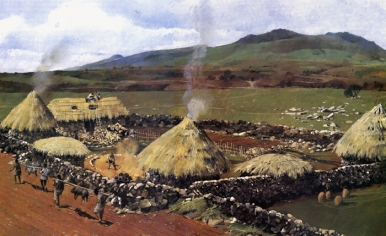 There are many other examples of plants as food that are also sacred. It makes sense that for people whose lives and culture depended on the natural cycle of planting and gathering that plants would be considered sacred. It represents life itself, the gifts of nature, and the magic of the seasons. It would be a wonder if traditional peoples didn’t consider plants and their cycle sacred. I honestly wish that our modern culture would rediscover the importance of natural plant food. We’d all be the better for it.
There are many other examples of plants as food that are also sacred. It makes sense that for people whose lives and culture depended on the natural cycle of planting and gathering that plants would be considered sacred. It represents life itself, the gifts of nature, and the magic of the seasons. It would be a wonder if traditional peoples didn’t consider plants and their cycle sacred. I honestly wish that our modern culture would rediscover the importance of natural plant food. We’d all be the better for it.
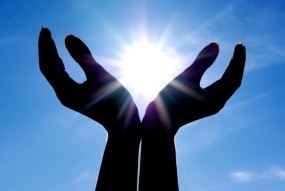 A definition of spirituality
A definition of spirituality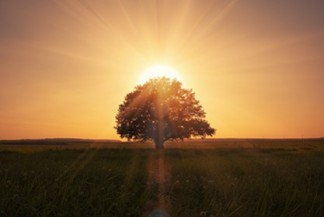 Spirituality and emotions
Spirituality and emotions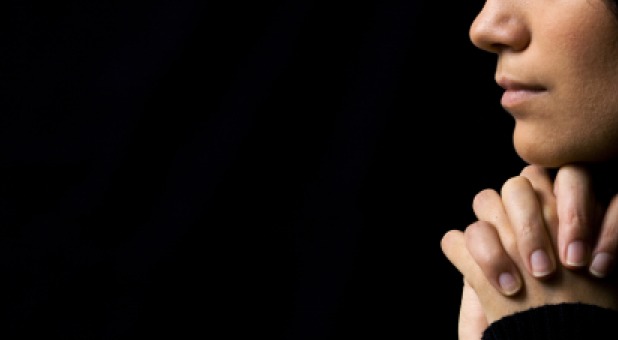
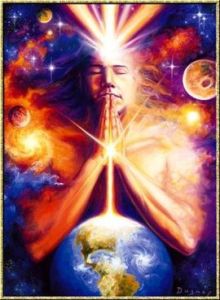 Some people pray to Gods and/or Goddesses, some to the Universal or Great Spirit, and some to the elements or ancestors. Regardless of where the focus is, it’s always helpful to call on a little outside help to get through tough days when we need it. It’s a way to let go and give it to the universe.
Some people pray to Gods and/or Goddesses, some to the Universal or Great Spirit, and some to the elements or ancestors. Regardless of where the focus is, it’s always helpful to call on a little outside help to get through tough days when we need it. It’s a way to let go and give it to the universe.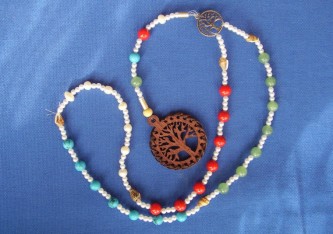 Prayer beads
Prayer beads